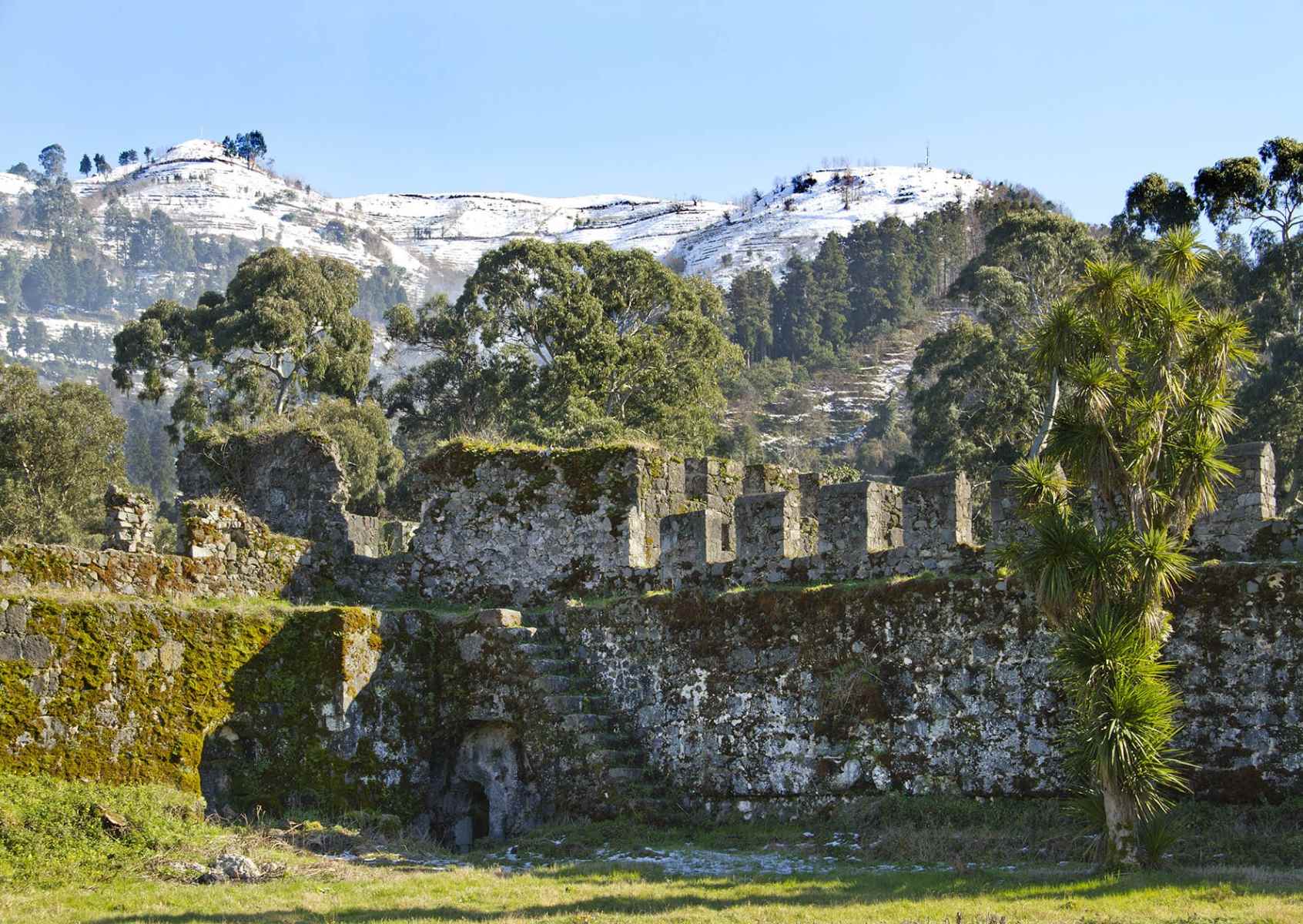Hidden Ruins Of Spanish Missions In Georgia

Have you ever wondered about the hidden stories of the Spanish missions in Georgia? These historic sites, often overshadowed by more famous landmarks, hold secrets of early European settlers and their interactions with Native American tribes. From the coastal marshes to the dense forests, these missions tell tales of faith, conflict, and survival. Visiting these ruins offers a unique glimpse into a past that shaped the region's culture and history. Whether you're a history buff or just curious about Georgia's rich heritage, exploring these missions can be a fascinating adventure. Ready to uncover the mysteries of these ancient sites? Let's dive in!
Discovering the Hidden Ruins of Spanish Missions in Georgia
Georgia's history is rich with stories of Spanish missions that once dotted its landscape. These missions played a crucial role in the early colonization efforts by Spain. Today, their ruins offer a fascinating glimpse into the past. Let's explore some of these hidden gems.
1. Mission Santa Catalina de Guale
Located on St. Catherines Island, Mission Santa Catalina de Guale was one of the most significant Spanish missions in Georgia. Established in the 16th century, it served as a center for religious conversion and cultural exchange between the Spanish and the Guale Indians.
Highlights:
- Historical Significance: One of the earliest missions in Georgia.
- Archaeological Finds: Artifacts including pottery, tools, and religious items.
- Scenic Location: Nestled on a beautiful island with lush greenery.
2. Mission San Pedro de Mocama
Situated on Cumberland Island, Mission San Pedro de Mocama was established to convert the local Mocama Indians. The mission thrived until the late 17th century when it was abandoned due to conflicts and disease.
Highlights:
- Cultural Impact: Played a key role in the spread of Christianity among the Mocama.
- Ruins: Remnants of the mission buildings and burial sites.
- Natural Beauty: Surrounded by pristine beaches and maritime forests.
3. Mission San Joseph de Sapala
Located on Sapelo Island, Mission San Joseph de Sapala was another important mission in Georgia. It was established to serve the local Guale and Yamasee tribes. The mission faced numerous challenges, including attacks from rival tribes and European settlers.
Highlights:
- Historical Artifacts: Pottery shards, tools, and religious relics.
- Scenic Views: Overlooking the Atlantic Ocean with stunning sunsets.
- Wildlife: Home to diverse species of birds and marine life.
4. Mission San Buenaventura de Guadalquini
Found on St. Simons Island, Mission San Buenaventura de Guadalquini was established to convert the local Guale Indians. The mission was active until the late 17th century when it was abandoned due to conflicts with English settlers.
Highlights:
- Archaeological Significance: Excavations have revealed numerous artifacts.
- Historical Importance: Played a key role in the Spanish colonization efforts.
- Picturesque Setting: Located near beautiful beaches and marshlands.
5. Mission San Diego de Satuache
Situated on the mainland near present-day Darien, Mission San Diego de Satuache was established to serve the local Guale and Yamasee tribes. The mission faced numerous challenges, including attacks from rival tribes and European settlers.
Highlights:
- Historical Relics: Pottery shards, tools, and religious relics.
- Scenic Views: Overlooking the Altamaha River with stunning sunsets.
- Wildlife: Home to diverse species of birds and marine life.
6. Mission San Lorenzo de Ibihica
Located near present-day Valdosta, Mission San Lorenzo de Ibihica was established to convert the local Apalachee Indians. The mission thrived until the late 17th century when it was abandoned due to conflicts and disease.
Highlights:
- Cultural Impact: Played a key role in the spread of Christianity among the Apalachee.
- Ruins: Remnants of the mission buildings and burial sites.
- Natural Beauty: Surrounded by lush forests and scenic landscapes.
7. Mission San Felipe de Alave
Found near present-day Savannah, Mission San Felipe de Alave was established to convert the local Guale Indians. The mission was active until the late 17th century when it was abandoned due to conflicts with English settlers.
Highlights:
- Archaeological Significance: Excavations have revealed numerous artifacts.
- Historical Importance: Played a key role in the Spanish colonization efforts.
- Picturesque Setting: Located near beautiful beaches and marshlands.
Discovering Georgia's Hidden Spanish Missions
Exploring the hidden ruins of Spanish missions in Georgia offers a unique glimpse into the past. These sites, like Mission San Pedro y San Pablo de Patale and Mission Santa Catalina de Guale, tell stories of early European settlers and their interactions with Native American tribes. Walking through these ruins, you can almost feel the history beneath your feet.
Visiting these missions isn't just about seeing old buildings. It's about understanding the cultural exchanges and conflicts that shaped the region. The Spanish missions played a crucial role in Georgia's history, influencing everything from architecture to local customs.
Next time you're in Georgia, take a detour from the usual tourist spots. Visit these hidden gems and connect with a part of history that often goes unnoticed. You'll leave with a deeper appreciation for the rich tapestry of Georgia's past.

